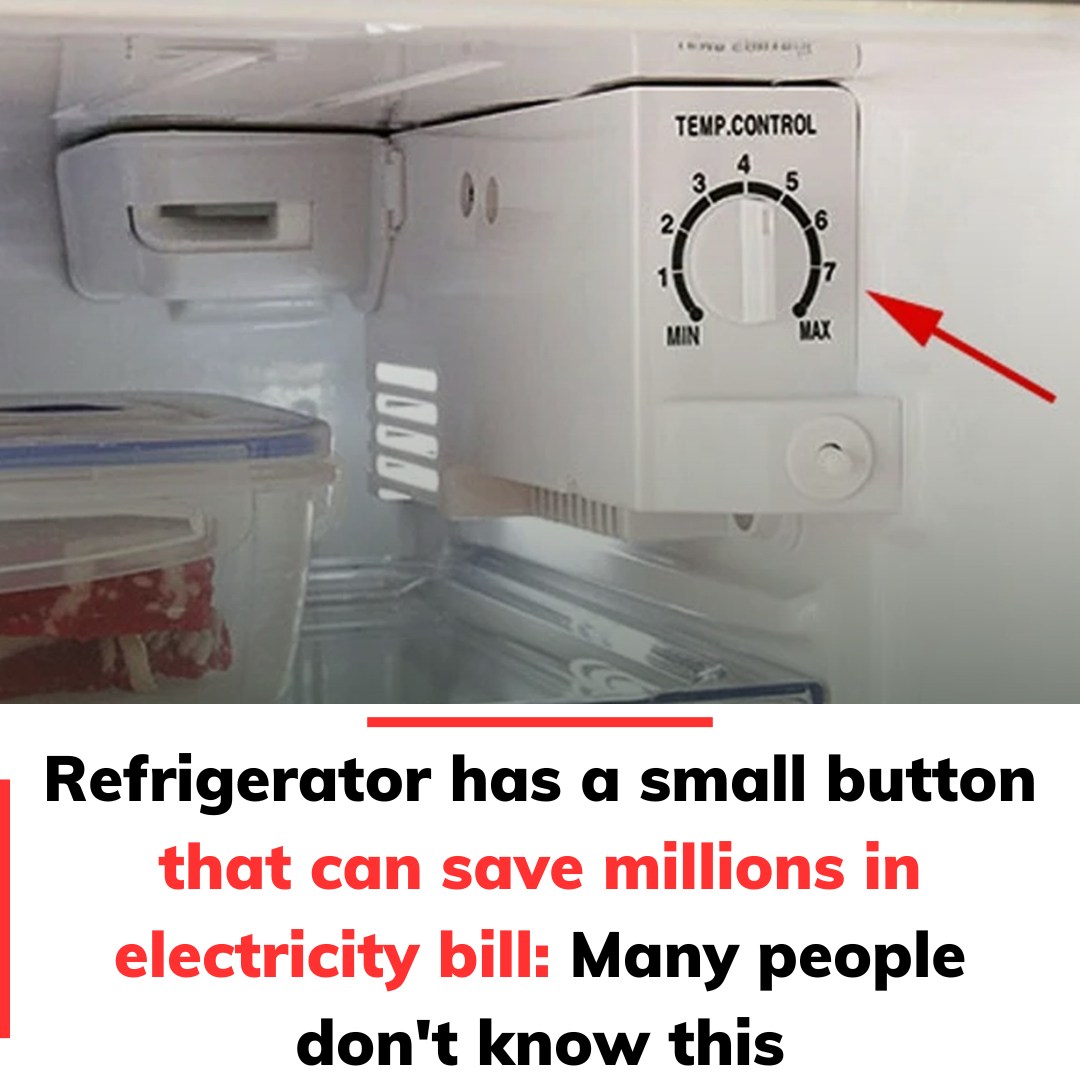Refrigerators are an essential part of every modern home, running around the clock to keep our food fresh and safe. However, they’re also among the most energy-intensive appliances in the house, operating non-stop throughout the year. But did you know there’s a small adjustment you can make during the winter months that can help reduce your electricity bill significantly?
Many people overlook this simple trick, yet it’s incredibly effective. Let’s dive into how adjusting your refrigerator’s settings in winter can optimize energy efficiency and explore additional tips to maximize your savings.

How Refrigerator Temperature Impacts Energy Consumption
According to energy experts, a typical refrigerator consumes between 50–75 kWh per month, making it one of the top three energy consumers in most households—right behind electric stoves and water heaters.
While refrigerators are designed to maintain a steady temperature throughout the year, the external climate plays a significant role in their efficiency. In summer, they have to work harder to maintain low temperatures, but in winter, they require less effort to stay cool.
This is where adjusting your refrigerator’s temperature settings can make a big difference.
Adjusting Your Refrigerator Temperature for Winter Savings
Most modern refrigerators come with a temperature control dial ranging from 1 to 5 or 1 to 6. During the summer, many people set their fridge to the highest cooling level to combat the heat. However, in winter, you can safely lower this setting without risking food spoilage.
Recommended Winter Settings:
- Fridge Compartment: Level 1 or 2 (35–41°F / 2–5°C)
- Freezer Compartment: Keep it at around 0°F (-18°C) to preserve frozen foods and seafood.
By adjusting these settings, your refrigerator will run more efficiently without overworking the compressor, leading to noticeable energy savings.
Additionally, the cooling level can depend on how much food is stored inside:
- Light Load: Lower cooling levels are sufficient.
- Heavy Load: A higher setting may be needed to maintain consistent temperatures.
Additional Tips to Make Your Refrigerator More Energy-Efficient
Lowering your refrigerator’s temperature setting is just the first step. Here are a few more ways to enhance energy efficiency and keep your electricity bill in check.
1. Place Your Refrigerator in the Right Spot
The location of your fridge plays a crucial role in its efficiency. To ensure optimal performance:
- Keep it away from heat sources like ovens, stoves, and microwaves.
- Maintain at least a 4-inch gap between the fridge and the wall to allow proper airflow.
- Avoid placing it in direct sunlight, which can make it work harder to cool.
Following these steps helps your fridge maintain its temperature more easily, prolonging its lifespan and saving energy.
2. Avoid Overloading the Refrigerator
While it might be tempting to stock up on groceries, overcrowding your fridge can block airflow, making it work harder to keep everything cold. Keep it moderately stocked to allow even cooling throughout the compartments.
3. Minimize Door Openings
Every time you open the refrigerator door, cold air escapes, and the compressor has to work overtime to restore the temperature. To reduce energy waste:
- Avoid keeping the door open for long periods.
- Plan ahead and grab everything you need in one go.
4. Check the Door Seals Regularly
If your refrigerator’s door seals are worn out or loose, cold air can leak out, causing the appliance to run continuously. Inspect the seals regularly and replace them if they show signs of wear.
5. Perform Routine Maintenance and Defrost When Needed
- Clean the condenser coils at the back of the refrigerator every six months to improve heat dissipation.
- If your fridge isn’t frost-free, defrost it regularly to prevent ice buildup, which can reduce efficiency.
Why These Small Changes Matter
Although these adjustments may seem minor, they can lead to substantial long-term savings. Lowering your fridge’s cooling level in winter and adopting smart energy habits not only cuts down your electricity bill but also extends your refrigerator’s lifespan.
By implementing these tips, you can reduce energy waste, protect your appliance, and contribute to a more sustainable lifestyle—all while keeping your food fresh and safe.
Final Thoughts
Refrigerators are an indispensable part of modern households, but they don’t have to be a financial burden. With a simple temperature adjustment and mindful usage habits, you can enjoy fresh food while keeping your energy costs low year-round.
Take a moment today to check your refrigerator’s settings and put these energy-saving tips into action—you’ll appreciate the difference when your next electricity bill arrives!
If you found these tips helpful, share them with friends and family. Saving energy is a collective effort!





